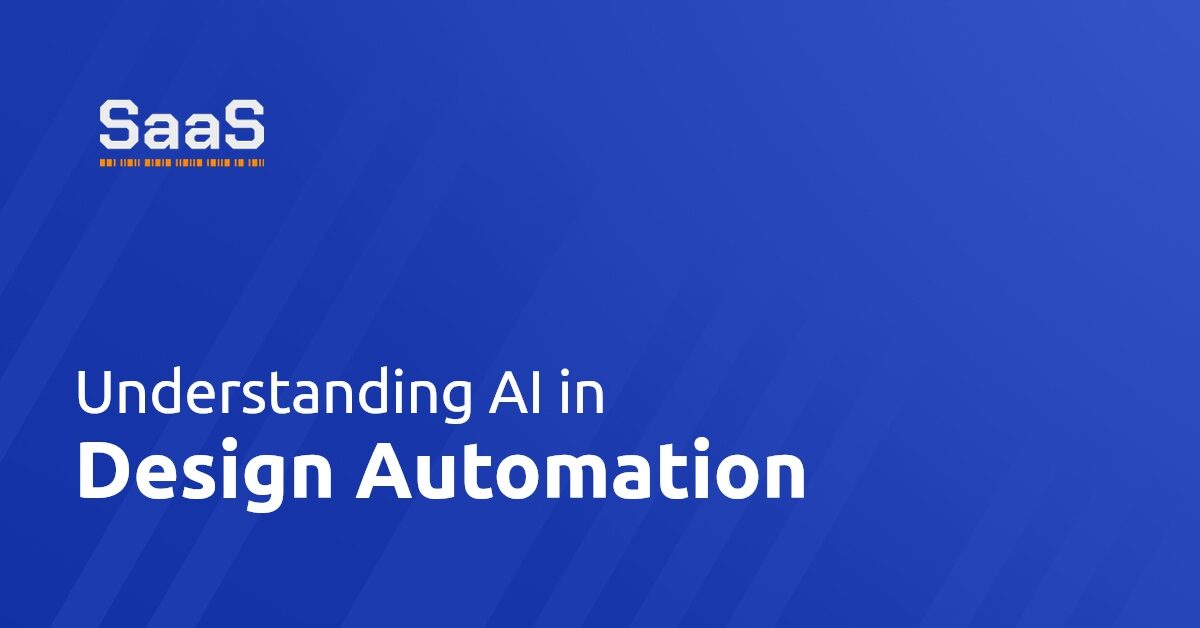How is AI transforming design automation?
The influence of Artificial Intelligence (AI) in the realm of design automation is immense and cannot be disregarded. Design automation was initially only software-based but, thanks to the forays of AI, it has opened new horizons that include evaluating design alternatives, producing high-quality output, and developing interactive designs. The integration of AI in design automation includes machine learning systems which create new designs based on large datasets of previous design iterations.
AI now not only automates the explicit tasks that were encoded into the program but it also learns and improves with each iteration of the process. Using predictive modeling, machines can now independently perform complex design tasks. They can look into numerous design variants and electromechanical permutations to come up with the most efficient model based on a given set of parameters.
Can AI enhance efficiency in design automation?
Indeed, the impact of AI on the efficiency of design automation is unparalleled. With AI, we are now capable of automating the entire design process with a high degree of accuracy. This, in turn, remarkably increases the efficiency of the design automation while reducing human labor. AI-supported automation can churn out thousands of design permutations and simulations in the time it takes a human designer to construct one model.
Improved efficiency is also evident in a resource allocation context. AI can optimally allocate resources according to the unique demands of the design process. Predictive analytics that comes with AI-based design automation systems can analyze the past data and suggest an optimal resource allocation model, saving both time and money.
What are the benefits of AI in design automation?
The benefits of integrating AI in design automation extend beyond mere efficiency. One key benefit is the reduced human error in complex designs. AI algorithms can identify patterns that may be overlooked by the human eye, preventing expensive errors. The accuracy and precision that results from this ability are immeasurable assets in the design process.
AI also harnesses the power of cloud computing for design automation. This allows the solutions to be highly scalable, immune to hardware limitations, and available to stakeholders regardless of geographical location. With massive computational power, AI makes simulations and predictive modeling faster and more reliable.
AI in design automation also has a positive impact on the overall work environment. It assists in handling repetitive, mundane tasks, giving human workers more time to work on innovative, complex problems that require deep thinking and creativity.
Is AI the future of design automation?
Predicting the future of any technology is never straightforward, but given the potential benefits and current trends, AI seems likely to be the future of design automation. Its capacity to revolutionize design processes from the ground up by enhancing efficiency, improving accuracy, and promoting innovation is impressive.
Moreover, as more design industries recognize and adopt the merits of AI, a surge in AI-integrated design automation is inevitable. Given the fact that AI is still relatively in its infancy with more advancements on the horizon, one can only imagine what the future holds. Whether it’s a generative design, autonomous decision-making, or machine-led volumetric simulations, AI is poised to play an influential role in the evolution of design automation.
In conclusion, AI in design automation is not just a trend or a buzzword; it's a game-changer. Its influence resonates through every facet of design automation – transforming processes, enhancing efficiency, providing significant benefits, and paving the way for the future of this dynamic industry.








